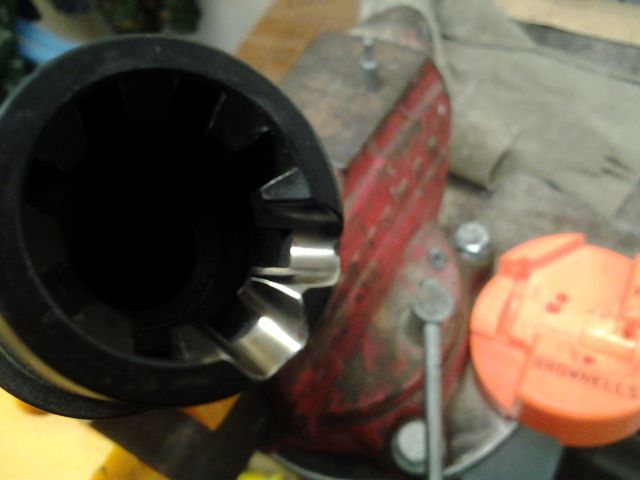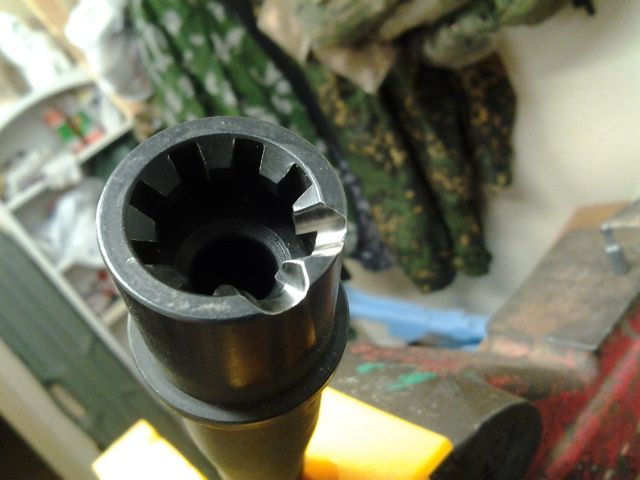
Originally Posted by
LRRPF52

I had an engineer already look at the extension. He said it appears to be through-hardened at the thin area of the feed ramps. He's not a construction engineer either, but a ME with specialty in advanced alloys, super metals, and has a very intimate knowledge of firearms specific steels, treatments, and so forth.
We already know about nitrocarburizing, Melonite, QPQ, and other surface treatment methods. The legitimate question is, does the shop sending parts out for nitriding know what to spec, how to check quality and adherence to standards, or are they just calling it good and shipping product?
Judging from what I'm seeing, it's the latter in many cases. Not sure why you keep calling me out by name, or claiming I have an agenda, but your insertion of drama into the thread is interesting, especially since I just got off the phone with Burlington and spoke with one of their engineers for over half an hour about this.
He said if the shop that made the 8620 barrel extension didn't know it was going to be nitrocarburized, he needs to know what it was tempered to. He also said that the diffusion of nitride will go deep enough into the substrate, to the point that any acute angles on a steel part can experience some degree of through hardening, which is exactly what I think happened with this extension I have.
He also said that he deals with AR15 barrel makers that do both methods. Some are concerned enough about the extensions that they send the barrels without them, while others send them assembled. The theory is that there is cause to worry about salt bath liquid residue getting into the threads, then solidifying and expanding at ambient temperature. That said, he has never seen it become an issue in practice, and has not heard any complaints to that effect.
The end story is that shops need to know what they are doing, maintain a tight series of controls over their parts sourcing, and be able to inspect critical parts for dimensional uniformity, surface condition, and maybe even consider some more extensive testing protocols.
With companies like BCM, I know we are getting that.




 Reply With Quote
Reply With Quote
 262) 782-5553
262) 782-5553






Bookmarks